
Though the pandemic, distance learning, and summer break may all contribute to more brain drain for students this year, there are simple things parents can do to help.
The summer struggle is real. While summer vacation is typically a time for students to kick back at home, the extended break can also lead to regression in academic proficiency or what is more commonly known as “summer slide.”
“We always encourage students to engage in activities that challenge their critical thinking skills and pique their curiosity any time they’re away from school for an extended period of time,” said Fermin Leal, chief communications officer at Santa Ana Unified School District.
Studies done by Northwest Evaluation Association in 2015 showed that students in grades three to five lose about 20 percent of their school-year reading gains and 27 percent of their math gains over summer break.
In 2020, the COVID-19 pandemic has inflated that learning loss even further. An April study done by NWEA’s Collaborative for Student Growth used established summer learning loss data to project that students may return in fall 2020 with less than 50 percent of the learning gains in mathematics.
But there are ways to preserve those skills.
“They can read books, comics, magazines or any media that draws them in as long as it provides a meaningful opportunity to read,” Leal said.
And there are plenty of resources in Orange County, educational websites and apps that can benefit a student’s literacy, numeracy and creativity to help, even during the pandemic.
“Sites like Khan Academy provide engaging lessons along with effective college prep coursework for high school students thinking about college,” said Leal. “Additionally, PBS SoCal and KCET have partnered to offer educational programming through their broadcast channels and online through the At-Home Learning program. The Orange County Department of Education also has a cache of educational resources curated to help families as schools remain closed.”
And there are other local resources that can help.
Read All About It
Summer reading has long been touted as a way to combat learning loss — which is why OC Public Libraries Programs Coordinator Beatriz Preciado encourages students to participate in the Summer Reading Challenge.
“The Summer Reading Challenge helps counteract the summer slide by reminding families to keep reading and learning as an important part of their summer,” said Preciado.
The Summer Reading Challenge runs through Aug. 2 and participants can collect badges and earn points for every book read. And there are ways students of all ages can participate in reading.
“OC Public Libraries has created reading lists for students in grades K-12,” said Preciado.
Items on the reading lists are available in print and some are also available electronically.
There are also resources to assist with at-home learning and virtual programs for library-goers, where digital content features virtual storytimes, DIY crafting ideas, cooking and food literacy, how-to videos, games, fun activities and more.
Preciado said the key is to make reading a family effort.
“Read to your children, listen to audiobooks together on car rides or while gardening or doing puzzles, sing songs while doing the dishes, watch a virtual storytime or participate in one of our weekly Family Challenges together,” she said. “Most importantly, set aside some time to let them see you read for your own pleasure.”
Indulge in the Arts
“Participation in the arts helps young people develop self-confidence, resilience — that is the ability to persist in the face of challenges — and problem-solving skills, all of which play a role in school success,” said Jaime Reed, development and communications manager at Turnaround Arts: California.
Indulging in the arts can be particularly helpful to students during stay-at-home orders.
“The arts can play an especially important role right now, not only helping to make distance learning more engaging and accessible, they can also help students process trauma that is compounded by the current pandemic,” she said.
Turnaround Arts: California partners with 24 schools in high-need communities across the state, including Willard Intermediate and Sierra Prep in Santa Ana, to provide strategic planning, professional development, coaching and financial support to help these schools leverage the arts. While most of their programs are private, Reed said there are resources you can use today.
“Segerstrom Center for the Arts, a supporter of Turnaround Arts: California, have a number of opportunities to engage in the arts over the summer,” she said. Find tips on learning at home and for camps and classes available at SCFTA.
“Teachers and Artists, a partner of TACA, releases daily art prompts on their Instagram Stories and weekly on their blog, and have a number of resources on their website,” said Reed.
However you engage in the arts, Reed said to focus on the creative process, not the product.
“As parents, it’s important to give positive, specific feedback to young people that encourages them to focus on the process. For example, if a child shares something they’ve created, instead of a vague ‘I love it,’ you might acknowledge the time and effort that went into it, or ask more about where they got their inspiration from, or ask what part of the creation was hard to do and how they solved the challenge,” Reed said.
And don’t limit your students either.
“Young people can be creative in so many different ways — keep trying new creative pursuits until they’ve found something that suits them,” Reed said. “For example, perhaps they’ve tried drawing, but not sculptures with recycled materials, or ballet, but not choreographing their stuffed animals into a stop-motion animation video.”
Make Math Moments
“The research that is coming out right now due to COVID is showing learning loss with math, especially around K through third grade,” said Sandy Marshall, founder/CEO of Project Scientist. “Each day at Project Scientist, girls are doing hands-on science as well as a math moment.”
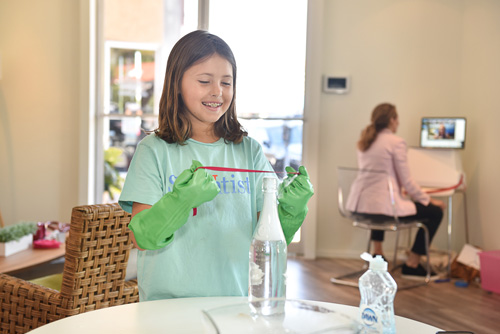
Project Scientist is a non-profit focused on introducing girls ages 4 to 12 to a high-quality STEM academy. They serve more than 2,000 girls on university campuses across the US with camps, expeditions and more. This month they opened a facility in Laguna Beach.
In addition to math and science, the girls at Project Scientist also meet each day with a female STEM professional. Virtually, of course.
“They are learning about the importance of math and how that has gotten them to where they are,” said Marshall. “The ‘why’ behind things. We really connect dots for kids when they meet with these professionals and see how they are using math in their daily life.”
Project Scientist has managed to keep their summer programs going amid COVID-19.
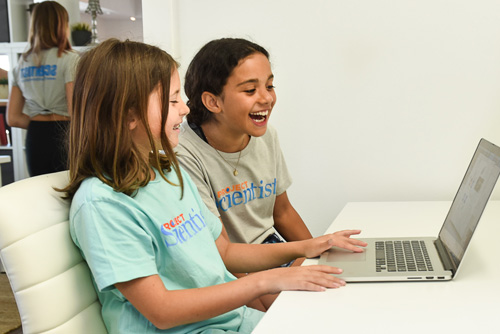
“We have completely pivoted how we are working with our girls,” Marshall said. “We have been offering these ‘Lunch with a Scientist’ Zoom calls. This summer we also have a six-week virtual science lab.”
Each week is a different theme ranging from AI and robotics to climate change and DNA. Kids can sign up for one week or all six. Each week a science kit is shipped to the student.
“The families only need to supply a pencil and maybe scissors,” said Marshall.
The science experiment is hosted virtually by a credentialed teacher and followed by “Lunch with a Scientist.”
Project Scientist can also help with financial aid and Internet connection.
“Any family that needs it will receive [an] iPad and Verizon service for the duration of program,” said Marshall.
Marshall said there are simple ways to engage your kids at home.
“While you are cooking and measuring things or when you are outside [with] the variety of trees or plants that are around,” she said. “It is so great with technology right now. It can be something as simple as taking a walk around the block and pulling different leaves and using Google to see what it is.”
However you choose to engage your students over the summer, Leal wants parents to remember to be kind to themselves.
“It’s important to remember that it’s a challenging time for parents as well as for children,” he said. “Oftentimes, for parents, just taking the time to connect with their children can offer a reprieve from everything going on in the world. Playing board games, having family movie nights, going on neighborhood walks, or just sitting together for family dinner can help children and parents better cope in these challenging times.”




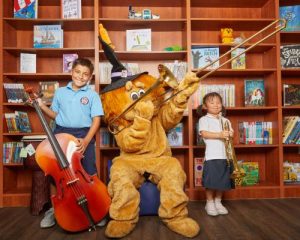
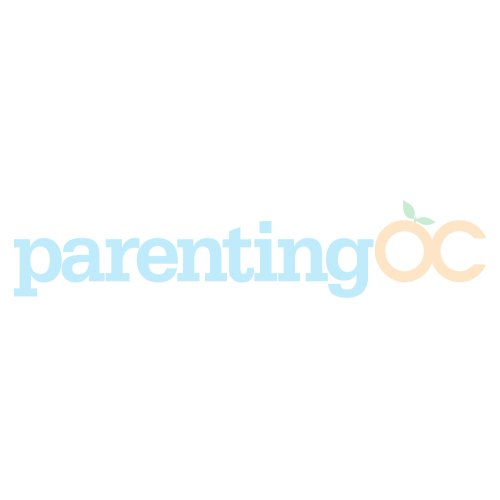
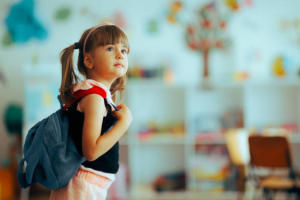
Leave a Reply